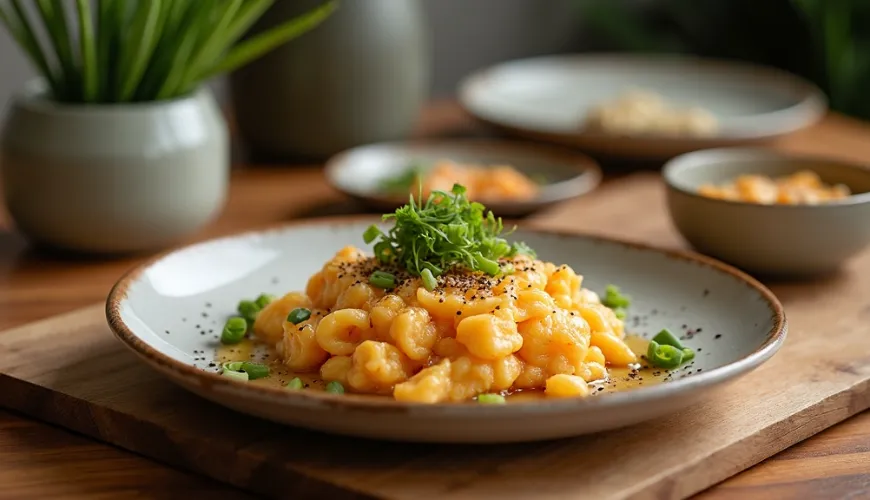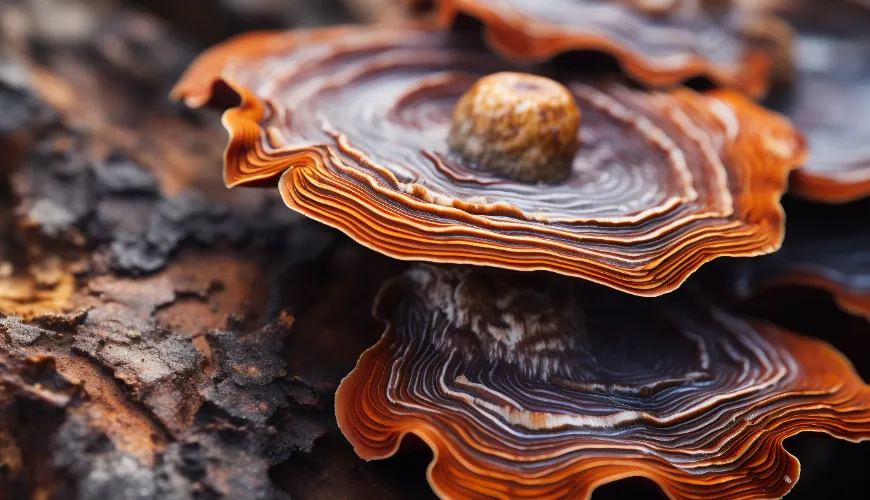
How to Easily and Quickly Prepare Delicious Tteokbokki at Home

From Korea Straight to Your Plate - The Magic of Topokki and Why You'll Love It
In recent years, Korean cuisine has been winning the hearts of food lovers around the world. It's no wonder — it offers a mix of complex flavors, healthy ingredients, and aesthetic presentation. One of the dishes that is gaining increasing popularity even here is topokki (also often spelled as tteokbokki). This spicy dish of rice cakes is a perfect example of Korean street food, which you can easily prepare at home thanks to its simplicity. Whether you are drawn to the traditional recipe or its modern variations like buldak topokki or even topokki carbonara, this article will provide you with everything you need to know.
Topokki is one of those dishes that immediately draws you in. It consists of soft, chewy rice cakes (tteok) simmered in a thick, often spicy sauce based on gochujang — Korean chili paste. The result is a warming dish with a deep flavor and addictive texture. But topokki isn't just about spiciness — quite the opposite. In Korea, this dish is prepared in many different variations, from extra spicy to sweet-spicy to creamy or cheesy versions. In any case, it's a great way to get acquainted with Korean cuisine without having to seek out dozens of exotic ingredients.
What is Topokki and Why the World Loves It
The origins of topokki date back to the 19th century when it was an exclusive dish served at the Korean royal court. Back then, it was prepared without chili and had a rather sweet taste. It wasn't until the mid-20th century that the spicy character began to penetrate the dish thanks to street influence and the availability of fermented pastes like gochujang. Today, it's hard to visit Seoul without encountering stalls selling topokki — it's one of the most popular street foods in the country.
Not only do the rice cakes play a key role, but also the sauce. It is made from gochujang paste, sugar, garlic, and soy sauce, sometimes with added fish stock, which gives the dish a fuller flavor. Some add fish cakes (odeng), boiled eggs, spring onions, or cabbage. The result is a meal that is simultaneously sweet, spicy, salty, and umami.
Interestingly, the popularity of topokki is not limited to Asia. In the USA, Europe, and Australia, it is becoming part of the menu in modern Asian bistros and is increasingly appearing in instant versions — similar to well-known instant noodles. Especially the younger generation has grown fond of topokki thanks to Korean pop culture, series, and K-pop, where it often appears in the everyday lives of characters.
How to Prepare Homemade Topokki? Simply and Deliciously
If you are tempted to prepare a homemade topokki recipe, there's no need to worry. The foundation is quality rice cakes (sold as tteok or garae-tteok), which you can find in specialized Asian shops or online. They are mostly fresh or frozen — the latter just need to be softened in water for a while.
A simple recipe for traditional topokki looks like this:
- 200 g of rice cakes
- 500 ml of water or stock (ideally fish)
- 2 tablespoons of gochujang (Korean chili paste)
- 1 tablespoon of sugar
- 1 tablespoon of soy sauce
- 1 clove of garlic (chopped)
- 1 spring onion (sliced)
- for garnish, sesame seeds, sometimes even boiled egg or fish cakes
Simply mix all ingredients and let them simmer until the sauce thickens and the rice cakes soften to a pleasantly chewy consistency. The whole process takes about 15–20 minutes. The result is a rich, hearty dish that works as a main course or a snack in a smaller portion.
For vegetarians, you can omit the fish stock and use vegetable stock instead, or just water with a bit of miso paste. A vegan version can be complemented with mushrooms, tofu, or seaweed.
Discover Buldak Topokki and Other Modern Variations
With the growing popularity of the dish, new and attractive versions are emerging. One of the most interesting is buldak topokki — topokki prepared in the style of the popular Korean dish "buldak," which translates to "fire chicken". The combination of spicy sauce and chicken creates an explosive experience, perfectly balanced with cheese. This version often uses instant noodles or baked cheese, giving the dish a creamier and more filling character.
It's a dish that isn't afraid to push boundaries: the spiciness of buldak sauce is legendary, and yet people love it precisely for that extra dose of adrenaline. To mellow it, milk or cream is sometimes added, or it's served with a cold drink, which helps to temper the spiciness.
Lovers of creamy flavors will appreciate topokki carbonara — a modern European-Asian fusion that replaces the traditional chili sauce with a creamy version with Parmesan, egg, or even pancetta. This style is especially appreciated by those who prefer milder flavors but don't want to give up the texture and beloved "chewy" effect of rice cakes. Topokki carbonara is a popular dish for a date or weekend brunch.
An interesting example is shown by Korean-Czech food blogger Hana Lee, who in her IG recipe combined topokki carbonara with smoked tempeh and cabbage. The result? "It sounds crazy, but it tastes divine," she wrote in her post, and her followers immediately started cooking.
The Magic of Topokki? A Dish That Connects
One of the reasons topokki is coming to the forefront even outside Asia is not only its taste but also its social dimension. In Korea, it's common to share food in the middle of the table — and topokki is often served in large pans from which everyone takes their portion. This style of dining encourages conversation, sharing, and the joy of a communal meal. Perhaps this is why people here have grown fond of Korean hot pots, barbecue, and topokki.
Topokki is also perfect for "fridge cooking" — you can add leftover vegetables, tofu, meat, or cheeses that you have at home. The thick sauce and universal flavor base can handle many variations. And that's where its charm lies: a dish that you can tailor to yourself, your tastes, and current supplies.
Products like instant "topokki bowls" or ready-made sauces can be found today even in Czech e-shops focused on a healthy and sustainable lifestyle. If you want to delve into Korean cooking, there's no better start than topokki. Whether you choose the classic recipe, buldak with chicken, or creamy carbonara version, you'll prepare a tasty and unusual experience at home that will likely lure you into exploring more Korean specialties.
As the famous Korean chef Edward Kwon once said: "Korean cuisine is not just about taste, but about sharing. Every meal is like a hug." And topokki? It's one big, spicy hug in a bowl.

